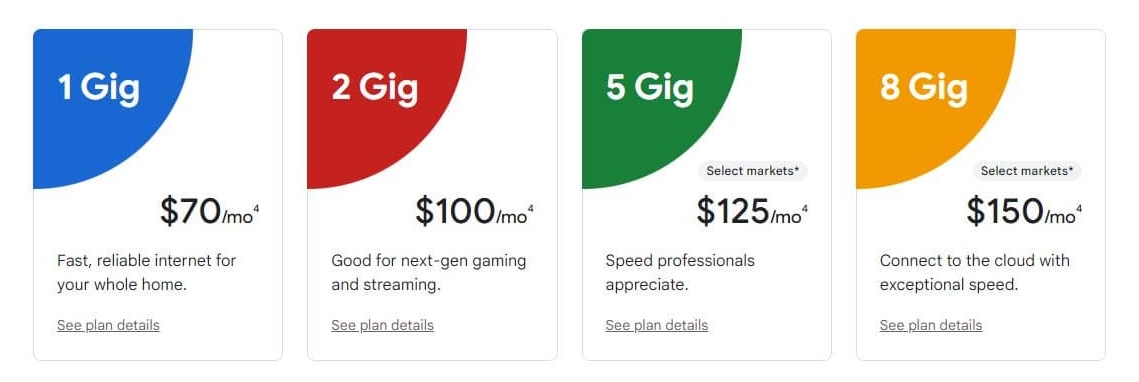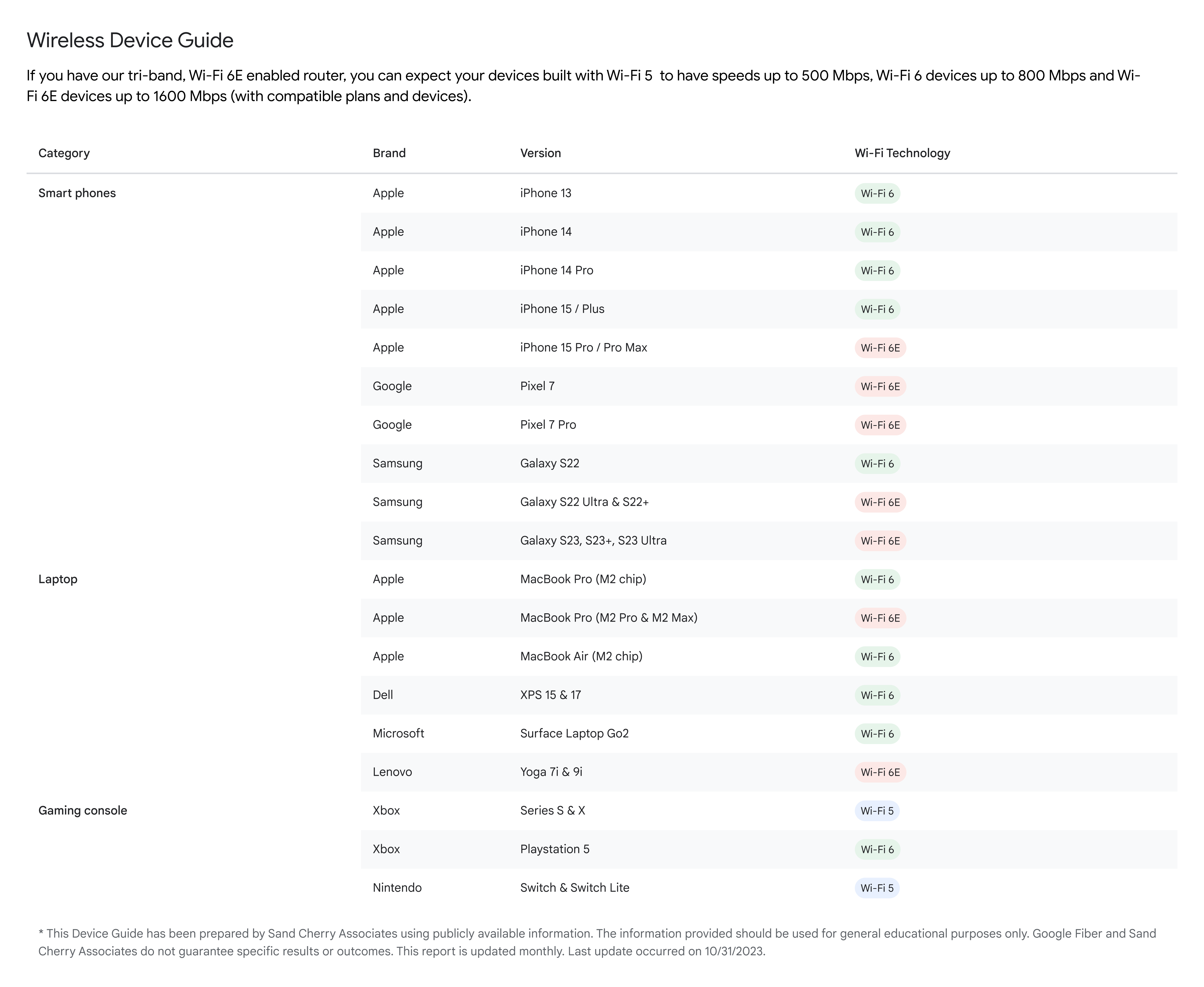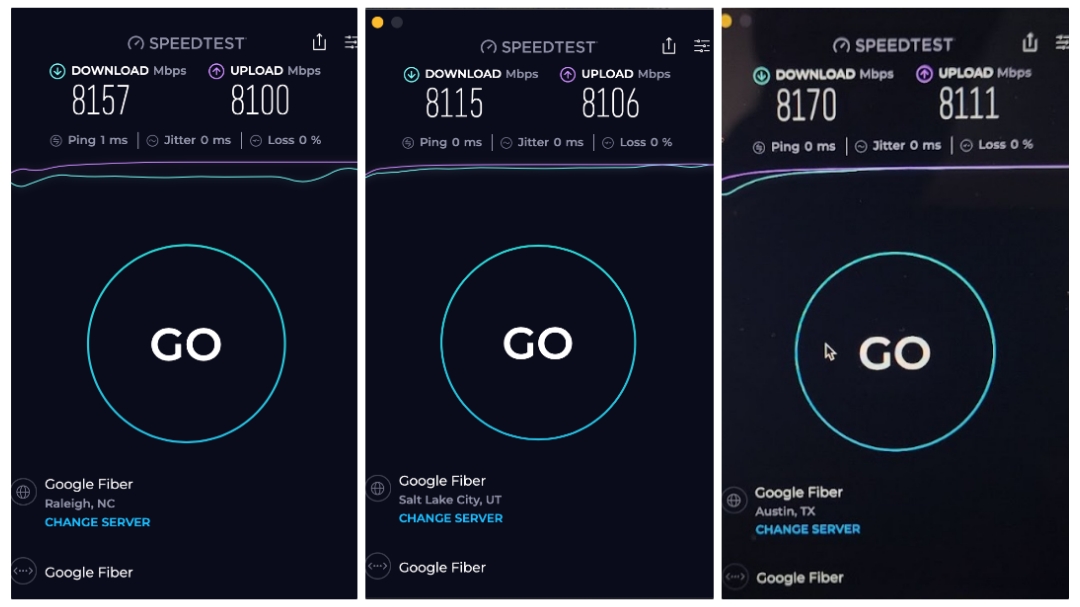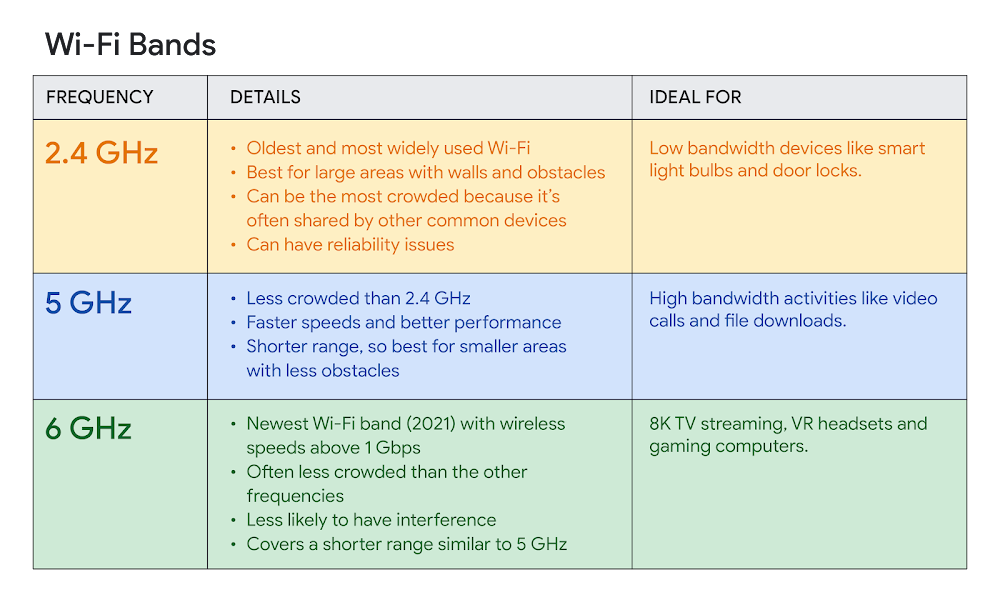
Wednesday, January 22, 2025
New products tailored for how you live online
GFiber started on the premise that symmetrical 1 Gig at an accessible price is a necessity. As the internet has become ever more central to our lives — in how we work and learn, how we buy and sell...










.jpg)

